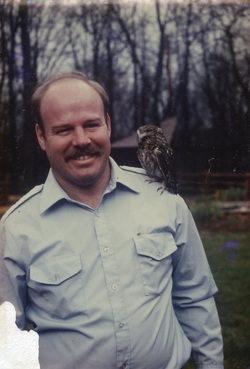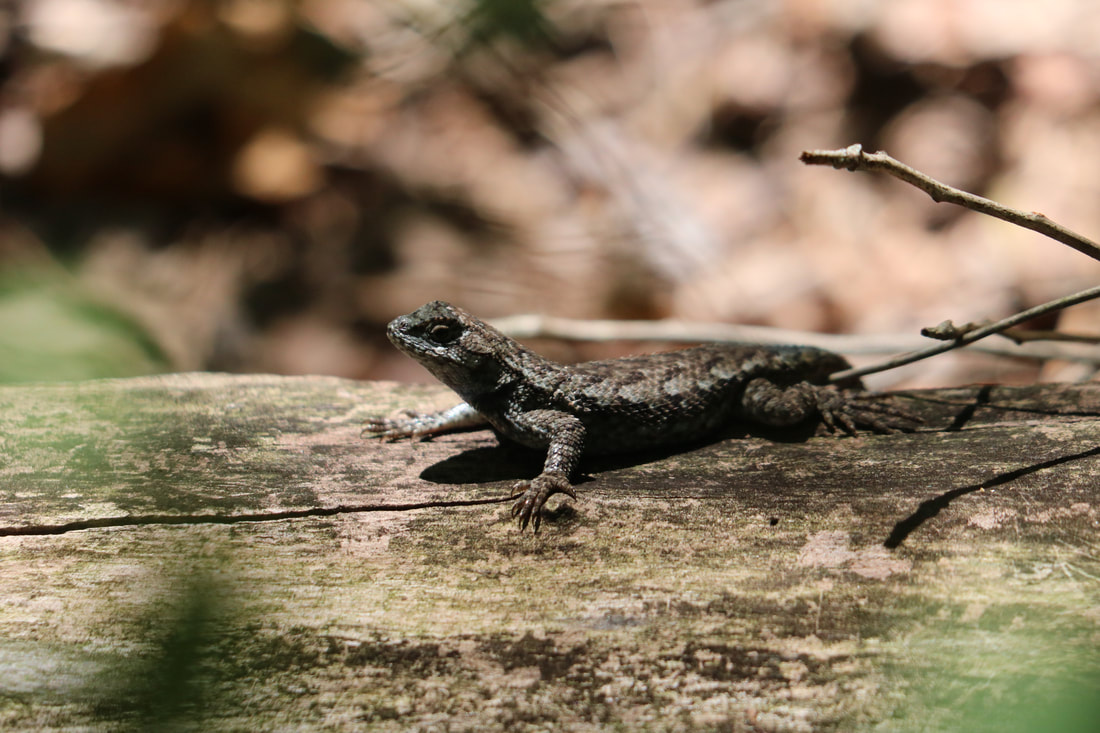
My mind had filled with the expectation of a dense crowd of Sandhill Cranes, much as I had seen in past years, my eyes undecided as to where they should focus. Flocks would glide across my field of vision, flapping wings with the slow downbeat of regal ease.
Their movements always appear easy, giving the lie to the high energy requirements of flight. The casual observer has no idea of the stress on feathers or the necessity for air sacks in their bodies and hollow bones. Everything that can be spared has been stripped away to make these birds light enough to fly.
Landing, the birds would disturb the crowded shoreline of the slough, causing those already on the ground to shift and dance. Even my old, half deaf ears would fill with that rattling coo unique to cranes, a sound like doves on steroids, doves amplified 1,000 times. Then the rattle would become mere background noise as I scanned the crowd for the one or two Whooping Cranes, pure white against the gray of their smaller kin. As I scanned for whoopers, I would notice the occasional sandhill stained reddish brown with mud, as they, sometimes are.
This expectation was not fulfilled. At the viewing platform, I examined a small finger of water, the closest part of the slough, and saw cranes on neither near nor far shore. A scattered few gleaned what they could from the rows of corn on the hill beyond the water, while a dozen or so gathered beneath the branches of a pine. Calls were an occasional punctuation of the stillness, rather than the expected incessant racket.
The cranes had dispersed, but bird watching opportunities abounded. As I looked across the open water of the main body of the slough I observed a larger flock on the much more distant shore. A large bird circled over the tree line and seemed to have a white head. As I watched this Bald Eagle soaring, another came to my attention higher up, circling with a third. The shape and plumage confirmed it was a Golden Eagle.
I looked back to the small finger of water, to see a smaller brown bird of prey work the farther shoreline. As it circled and moved, its turns revealed a flash of white above the tail. The white rump is an unmistakable mark of a Harrier, sometimes known as a Marsh Hawk.
I had seen Harriers work the salt marshes of Cape Cod, with mice and large insects as their prey. Brown females and gray males showed a more obvious difference in forms, sexual dimorphism to the scientist, than many other raptors. The Harrier of this day was indeed a female, though one observer said he had spotted a male bird earlier in the day.
Where some birds soar, and rise aloft on air currents, this Harrier glides just above the marsh grass. Arriving at a snag, she lifted up and crossed over. Then she was down to grass top level, circling and gliding. When she spotted something of interest, a potential meal, her flight stalled as she back pedaled with wings outstretched. She hovered, and descended for the catch.
Eagles and red tailed hawks soar and then swoop to catch prey. Vultures soar and land on carrion. Falcons stoop at 200 miles per hour and slam into smaller birds with a talon closed like a fist. Owls ambush their prey in dark of night.
Harriers and Osprey hover, and then descend to grab the prey. The smallest local falcon, the Sparrow Hawk, Kestrel to the ornithologist, also hovers, searching for insects. I have seen Red-Shouldered Hawks appear to hover, though I might be technically wrong in applying the term to them. For grace in motion though, I have seen few birds equal the Harrier as she hovered above this particular marsh.

 RSS Feed
RSS Feed